Within the past five years, a lot has changed for the U.S. Army. One of those things was the hunt for a new service pistol.
After a host of complaints about the M9 being too heavy, jamming, and being unwieldy, the Army realized something needed to give.
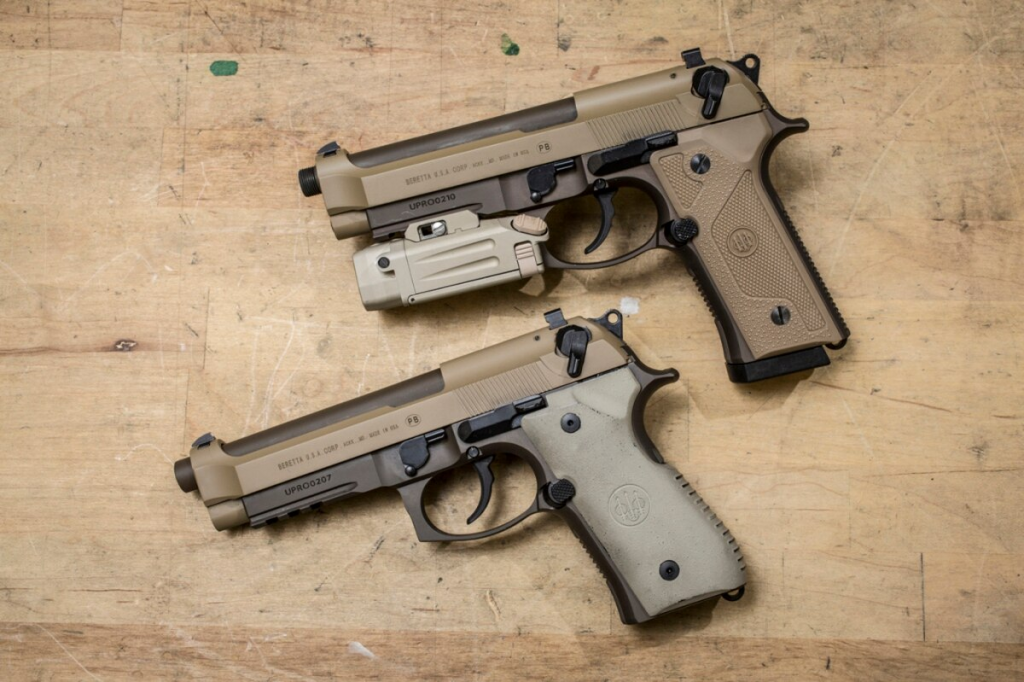
And thus began the search for a new pistol.
Gun manufacturers throughout the world lined up at the door with hopes of winning a very lucrative contract, and the Army tested just about everything that came through its doors.

But how did the U.S. Army eventually land on the M17?
Read on to find out!
Table of Contents
Loading…
The Army Searches for a New Pistol
While the Army replaced the 1911 with the M9 due to its lighter design and extra capacity, soldiers throughout the U.S. military at the time had their hesitations with the transition.
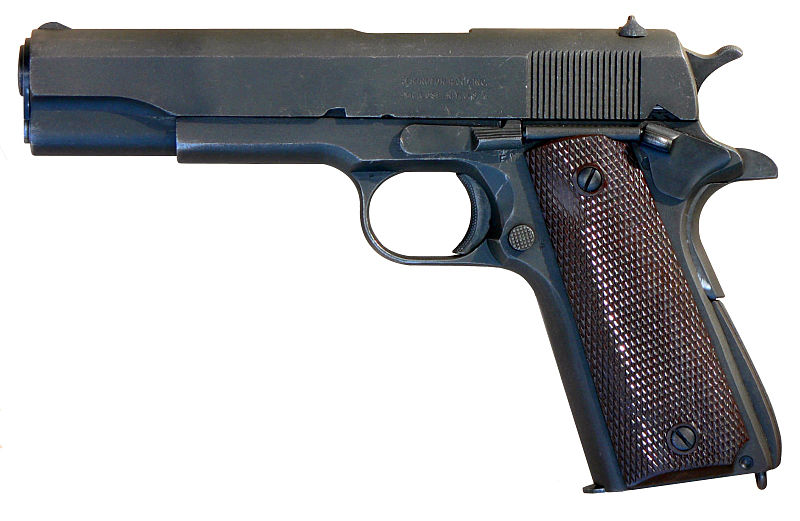
As time went on, those hesitations would prove justified.
For starters, the M9 is heavy. Soldiers trekking through the mountains of Afghanistan were stuck with the heavy hunk of metal.
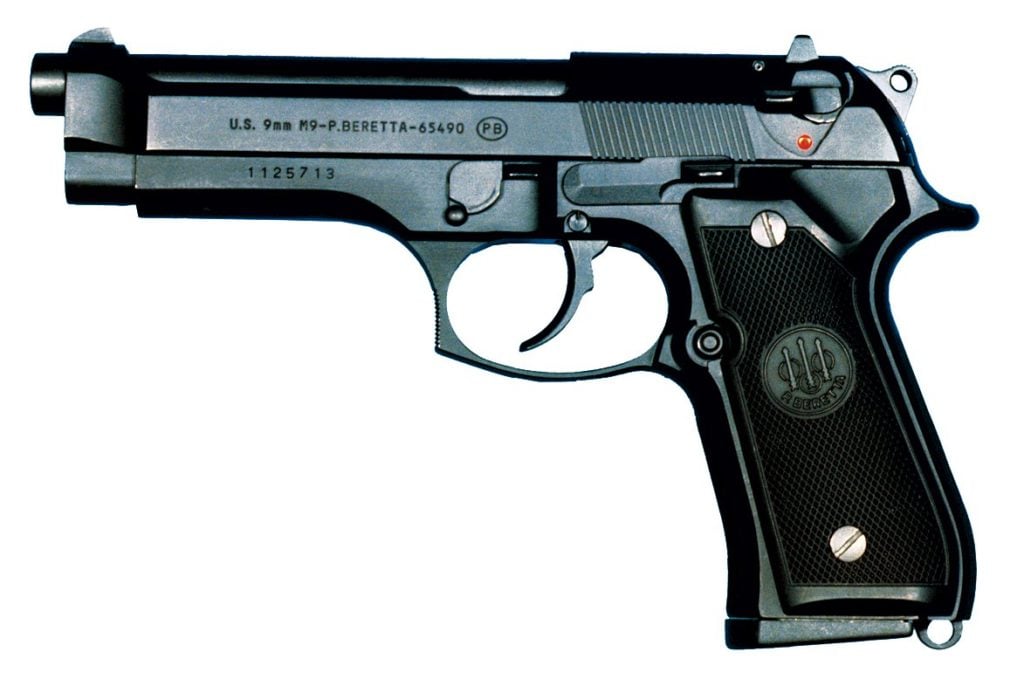
Furthermore, the size of the grips made it difficult for service members with smaller hands to comfortably hold the weapon as well.
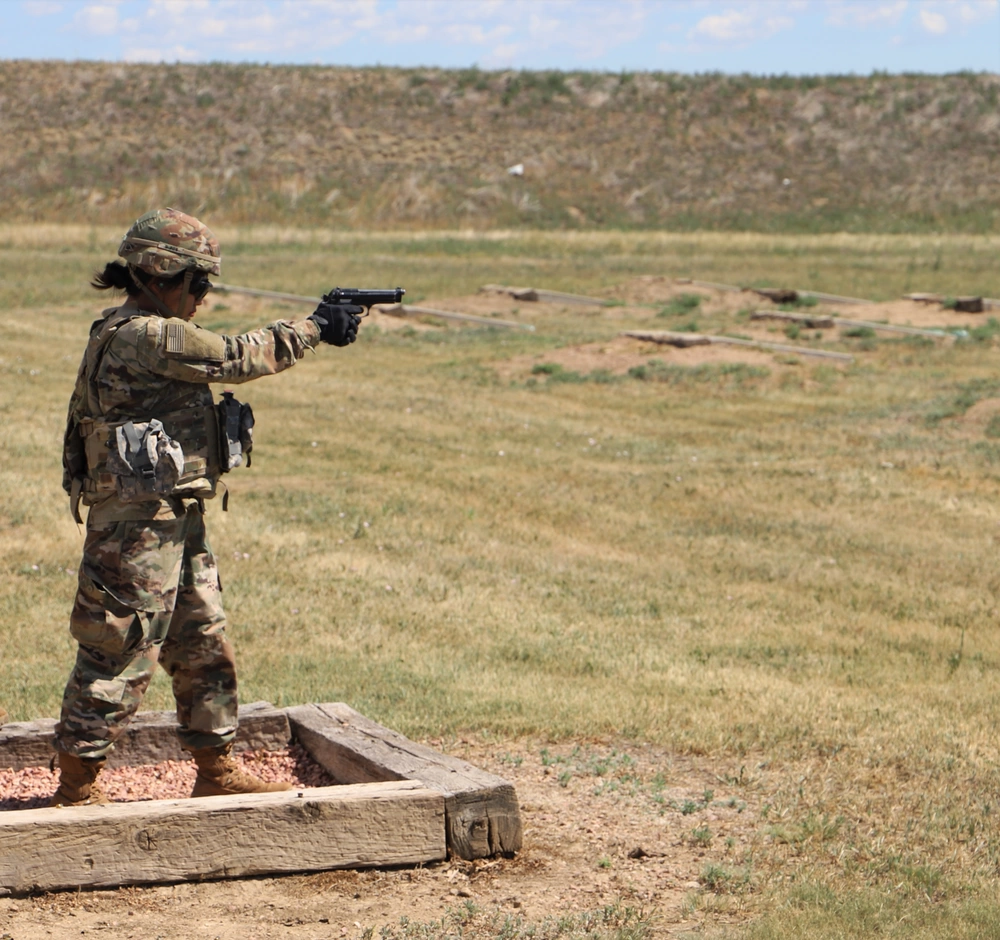
Only 58% of soldiers who’d used the M9 in combat reported being satisfied with it. Of those who’d used the M9 in combat, 26% reported it jammed.
While cheap CheckMate magazines have been blamed for such, the Army decided it was time for a change.
A pistol was needed that could address all of these issues…and so began the hunt.
MHS Requirements
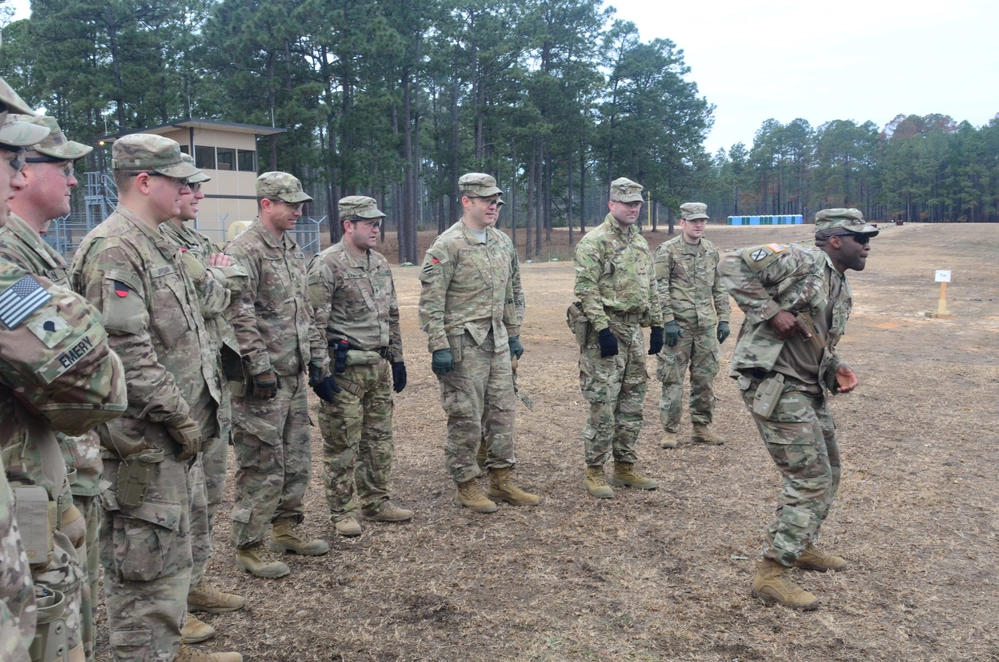
The Army laid out a very stringent list of requirements a pistol had to have to even be considered as the new sidearm. In fact, 351 pages worth were laid out.
The Army basically created a dream team list of everything they could possibly want from a pistol and then said, “Yes, please.”
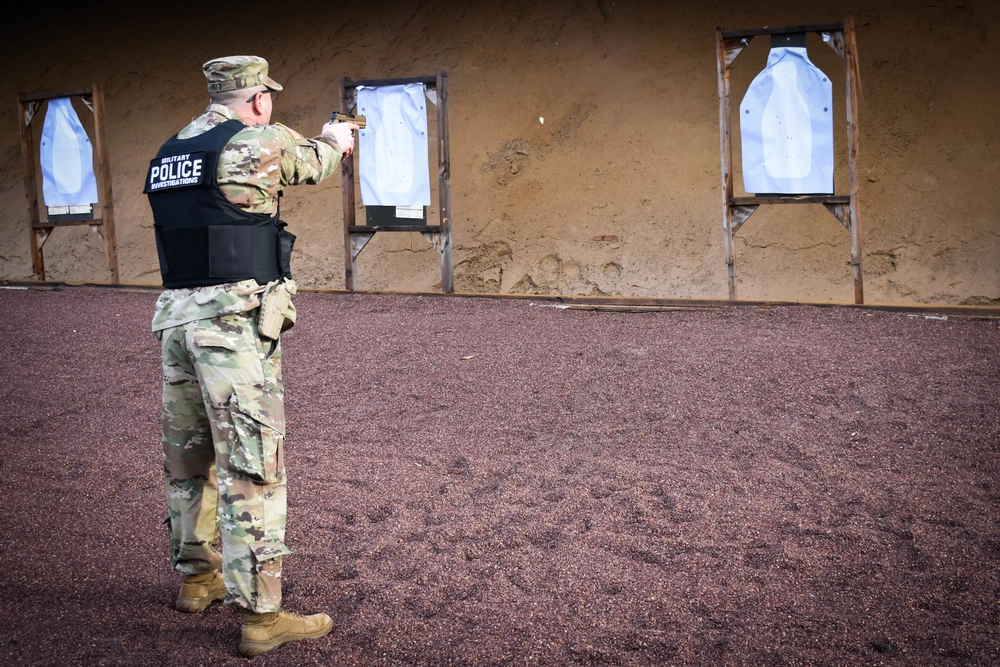
Among those features necessary to win the contest were:
- Suppressor compatible
- Ability to accept different magazine sizes
- Modular grips
- A grip that would accept hand sizes from the 5th to 95th percentile
- Ability to mount lasers and lights on a Picatinny rail
- Ability to accept different slide/barrel combinations
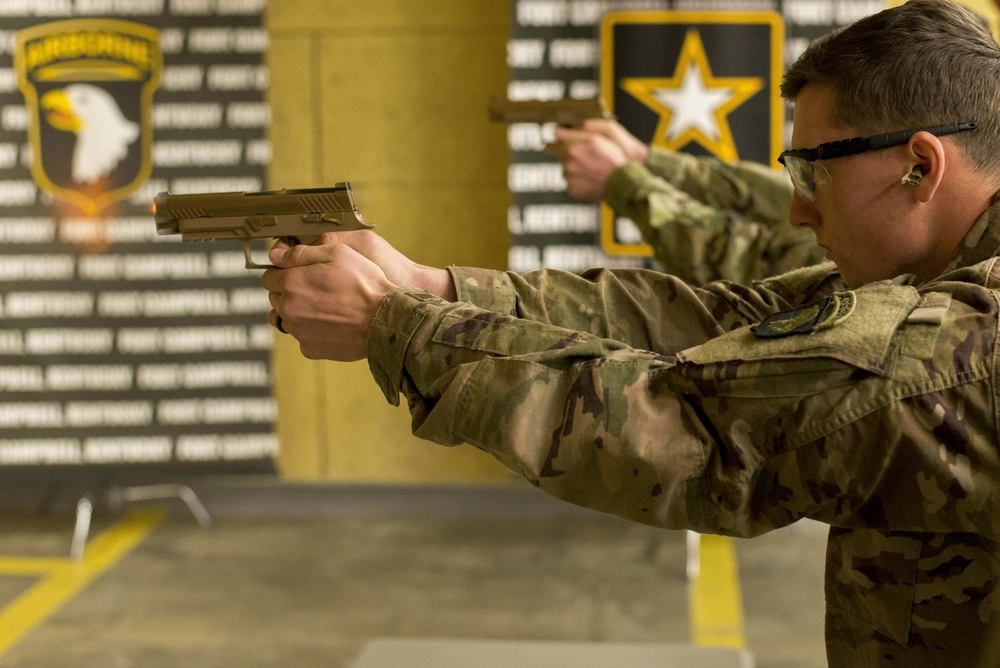
Twelve different companies entered the contest, including famous names like Glock, Sig Sauer, FN, and more.
Army Testing Begins
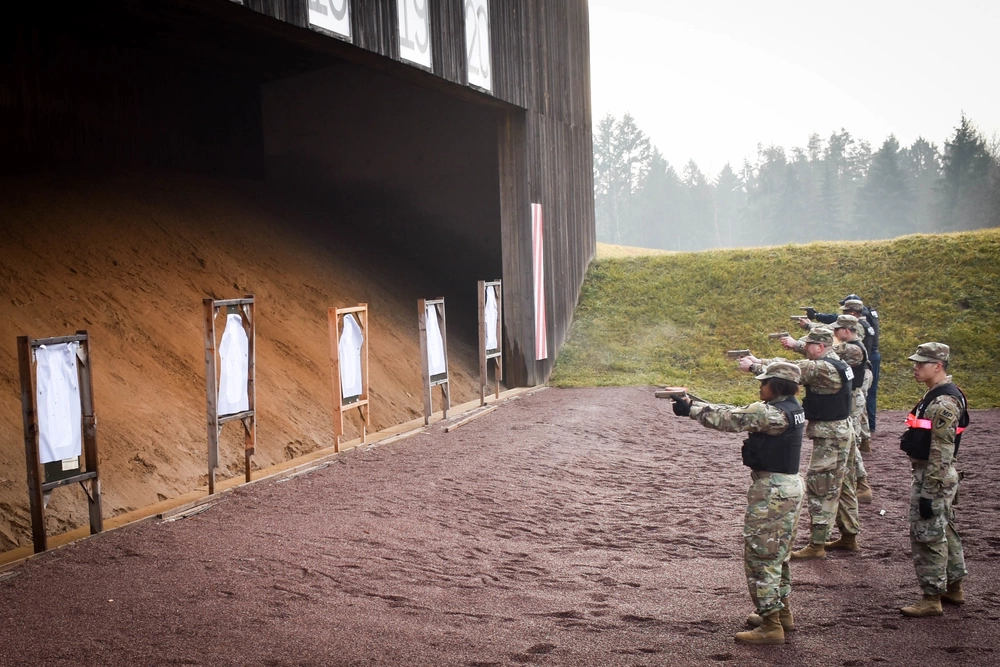
Aside from the cosmetic features and options, the new pistol had to shoot.
As such, the Army wanted something with better performance, durability, and adaptability than the M9.
Competitors’ pistols were taken to Fort Bragg to see if they would pass the test.

One of the primary hurdles to be jumped was the ability to shoot consistent patterns within a 4-inch circle at 50 meters. The weapon had to be able to do this 90% of the time, and it had to hold this degree of accuracy for the lifetime of the weapon.
All weapons were tested at close range too.
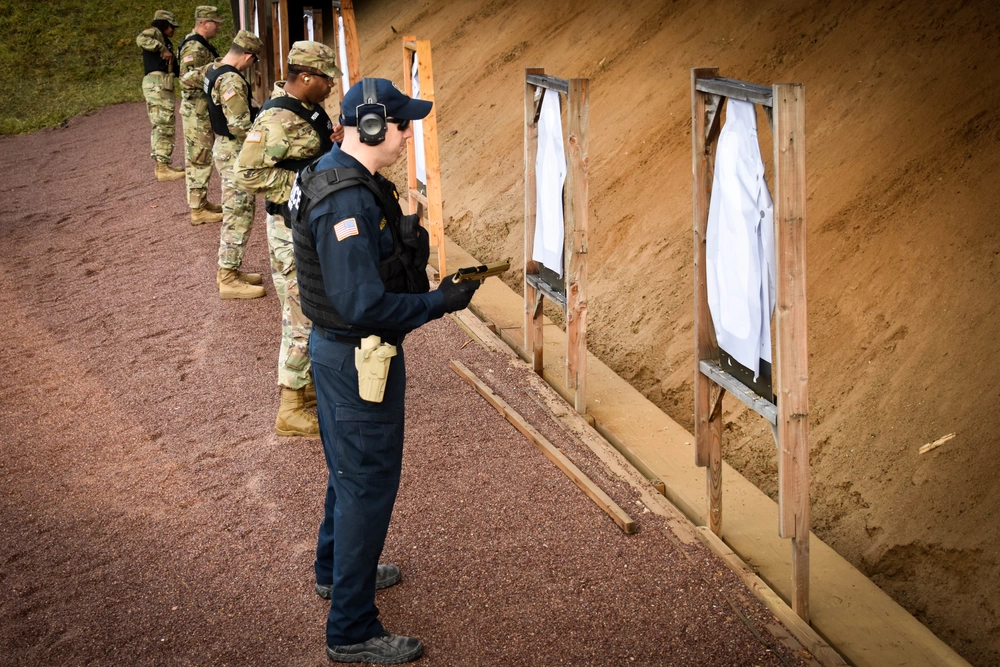
Anything from point-blank to 50 meters was considered fair game for the test. The weapon/ammunition combo had to show improved lethality compared to the M9 with its M882 ammo.
Anywhere up to 14 inches of ballistic gelatin were used to showcase the potential lethality of the rounds.
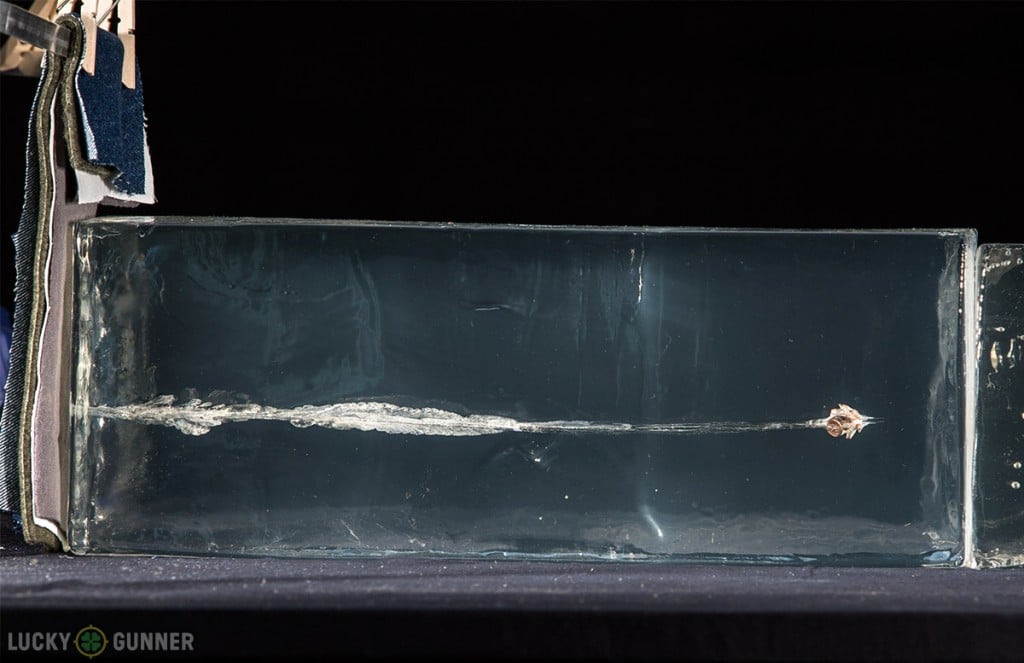
The Army didn’t really care what caliber this would mean, they just wanted something that could accomplish the end goal. As long as it did that, they were happy.
As far as reliability goes, the winning weapon would have to be capable of an average of 2,000 rounds between stoppage, 10,000 rounds between failure, and service life of 35,000 rounds.
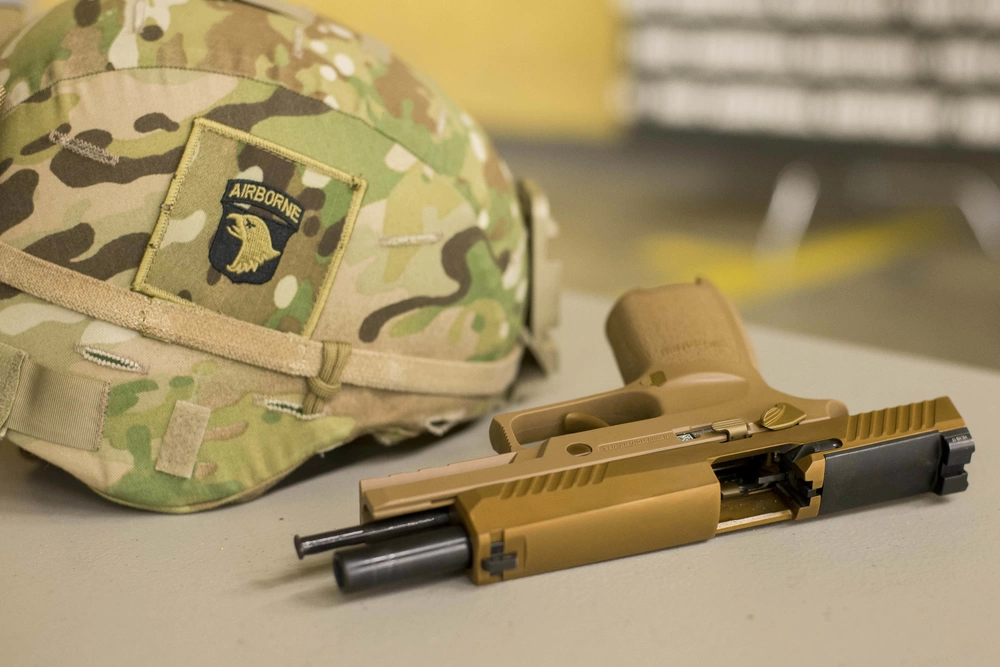
In other words, the Army wanted a handgun that was going to be around for a long time and do the job properly throughout its entire lifespan as well. Anything less than that was grounds for exclusion.
MHS Winner: Sig Sauer XM17
After two years of testing, the Army finally announced a winner in January of 2017…the Sig Sauer XM17 Modular Handgun System.
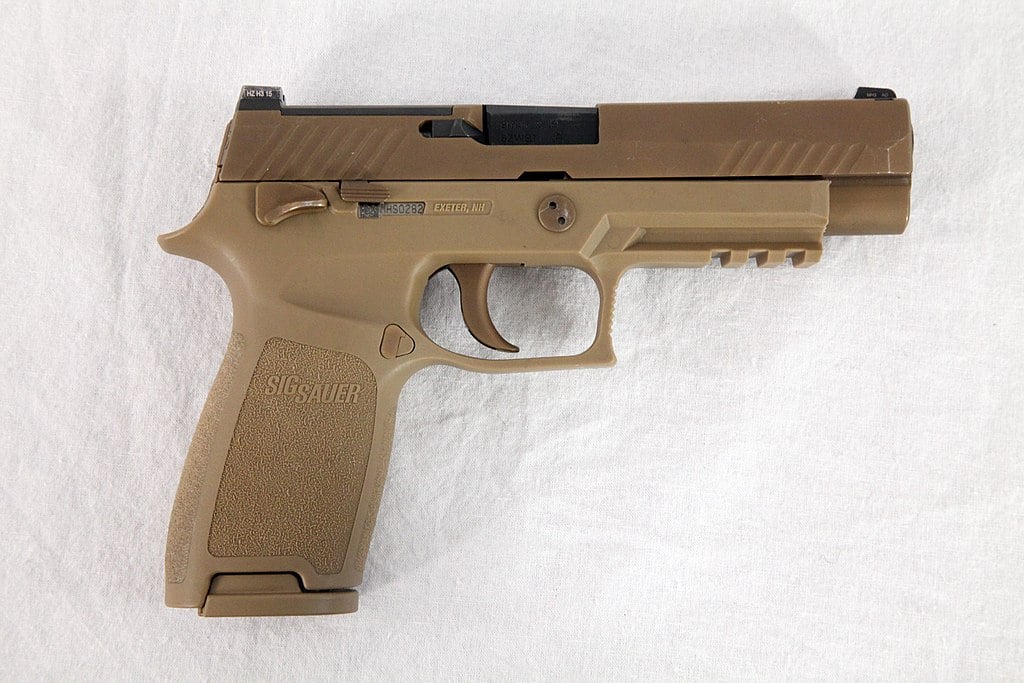
While typically just called the XM17, this new pistol was a variant of the publicly available P320. (A compact version for concealed carry known as the XM18 was also chosen.)
Prices accurate at time of writing
Prices accurate at time of writing
-
25% off all OAKLEY products - OAKLEY25
Copied! Visit Merchant
The XM17 is a 9mm fully ambidextrous pistol with safety and slide catch levers on both sides.
It possesses a bright orange loaded chamber indicator, and comes with a flap at the top of the trigger to keep debris from getting inside of the weapon.
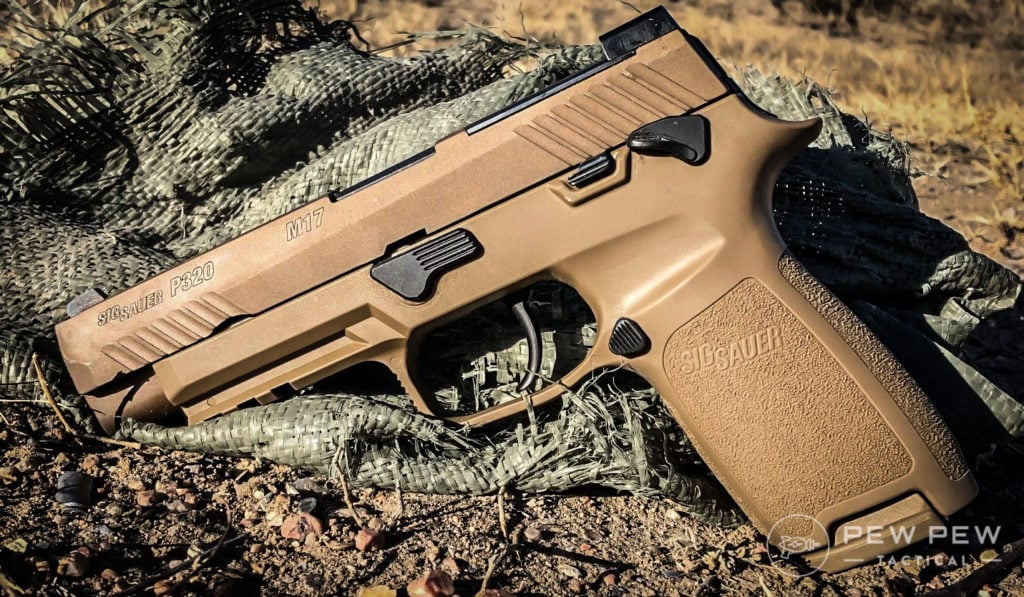
The Army officially awarded Sig Sauer an $80 million firm-fixed contract in January 2017.
Impact on the Gun Industry
If anything, this decision cemented the role of polymer frames within the gun industry for the foreseeable future.
Google saw a rather large spike in searches for “Sig Sauer” in January 2017 as a result.

Anytime a U.S. military branch or alphabet agency makes changes to its standard-issue weaponry, the entire American citizenry perks up.
For example, once the FBI switched over to .45 ACP back in 1986, there was a corresponding spike in .45 ACP sales throughout the U.S.
The same happened in 2014 once the FBI switched back to 9mm.
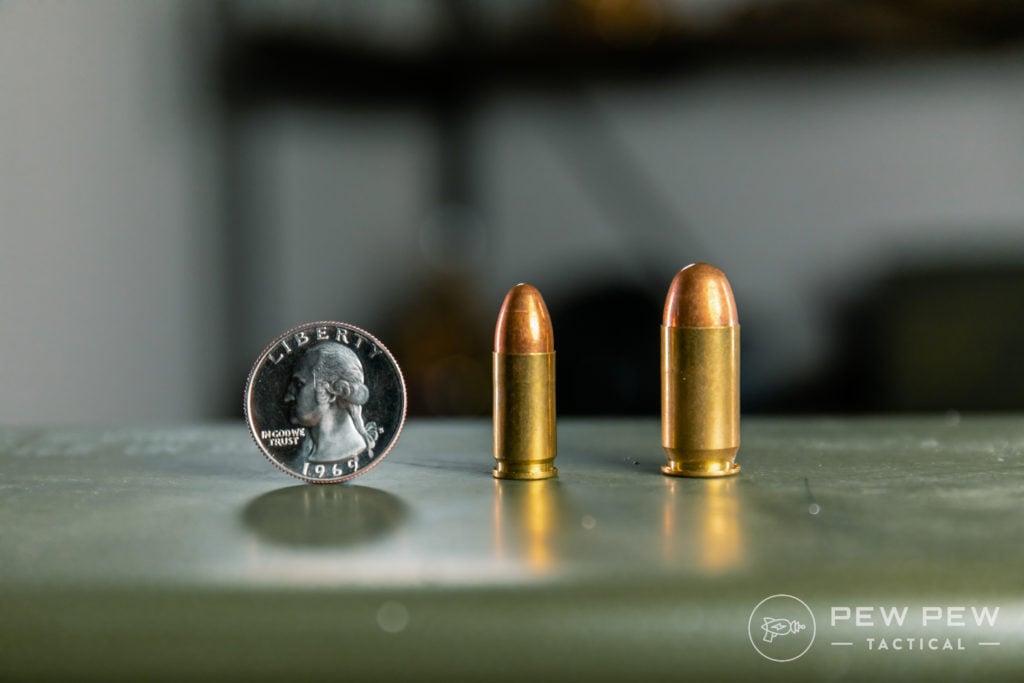
Polymer-framed handguns are here to stay, and the XM17 is a part of the reason why.
Final Thoughts
Anytime the Army moves, people listen. The history of the Colt Single Action Army, 1911, M4, M9, and XM17 has proven such.
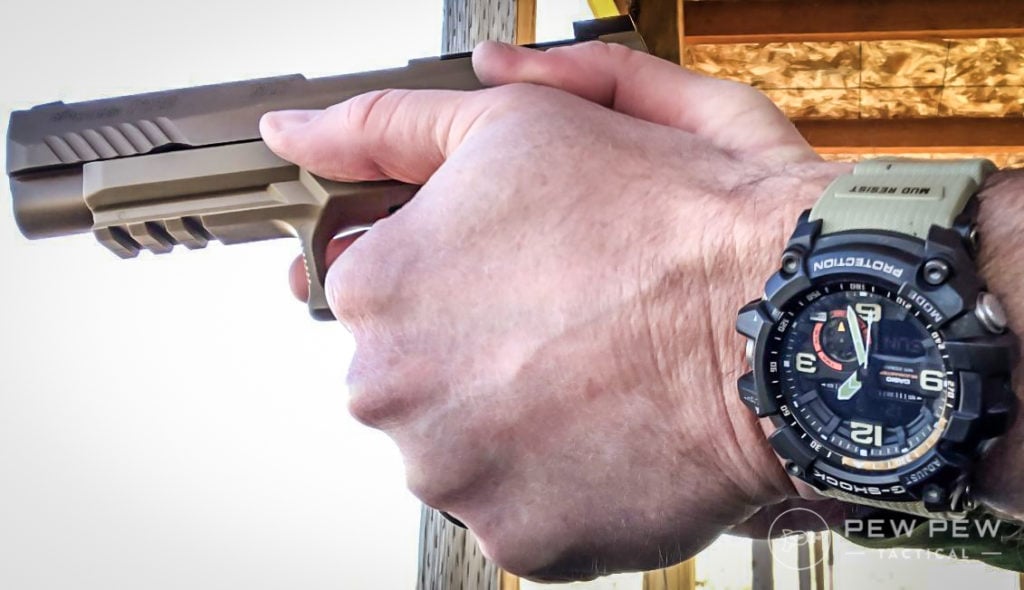
The switch to the XM17 was the first switch the Army has made in roughly 30 years, and it’s safe to say that the XM17 is going to be harbored from antiquity for quite some time now.
What are your thoughts on the XM17? Let us know in the comments below! Can’t get enough of military guns and gear? We got you! Check out some of our favorite articles on the topic!

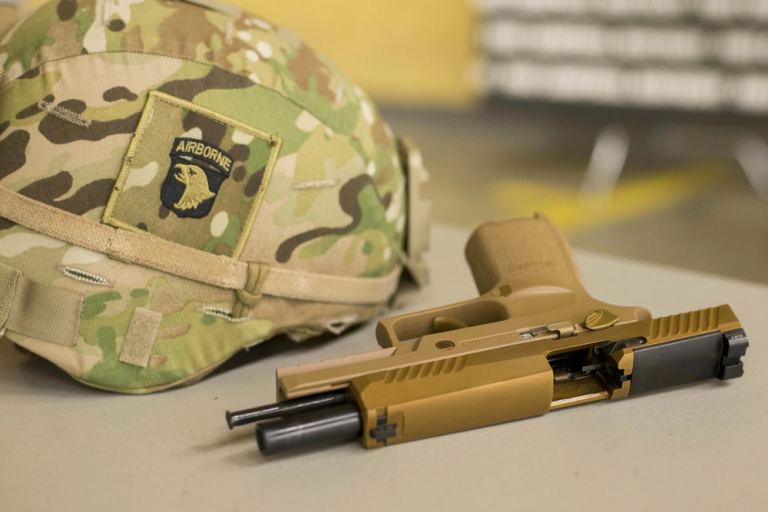








5 Leave a Reply
I've had the opportunity to train with the M17, after having carried the M9 in both Iraq and Afghanistan. It's a substantial improvement over the M9. The ability to change grips to accommodate different size hands has had a significant impact on our Soldiers ability to employ the pistol accurately. Accuracy from the pistols I've trained with and observed in action is very good. The 10-10 drill is very doable with the M17. The two major issues I've encountered to date have had to do with the manual safety and the rear sight. There's also a minor issue with the loaded chamber indicator. The manual safety shouldn't have made it onto a combat pistol. Even after thousands of rounds it remains stiff. When practicing weak hand engagements, I struggle to engage/disengage the safety with support hand. Of the 20 or so pistols I've seen employed on the range a fair number of their rear sites have loosened to the point the armourer had to disassemble the slides to tighten them. The last issue I've experienced is minor, but caused me to do a double take during a dry fire period, when I noticed a students loaded chamber indicator showing a loaded chamber. The loaded chamber indicator pivots at the top of the bolt face protruding above the top of the slide if the chamber is loaded...or if the gun has been fired a bunch and debris has worked its way behind the post, preventing the tab from resetting. Overall I think it's a good pistol. It comes with 20 round magazines which have been reliable. Ultimately I think the Army got lucky, since I suspect that SIG's selection was more a product of price than anything else, but sometimes luck is enough and I think the M17 will meet the needs of the combat Soldier who needs to fight their way to a long gun.
During my career with DOD, I sat on several selection boards for weapon systems. The selection process for almost all weapon systems are standard. It is the key performance parameters (KPPs) which vary depending on the type weapon system and the desired limits of the warfighter.
So I wonder, did the KPPs for the M9 have a low threshold for weight? Didn't users ask for a lighter, high capacity pistol? If so why was the Beretta selected? I believe there was bias and intent to select the Beretta over Glock and S&W. Fast forward now to the Sig M17, lighter, tougher and durable, and OBTW guess who was selected to replace the M240? Hint hint- Sig Sauer! The process is broken and corrupt. The acquisition teams, particularly the MDA who signed off, should be investigated.
I like the ambi functionality and durability.
Nothing on the controvercy that price was a huge factor in the decision process?
Small arms solutions has a great video on this topic.
That’s what I was hoping for. More details on how the gun and other performed, why they chose sig over others, etc.